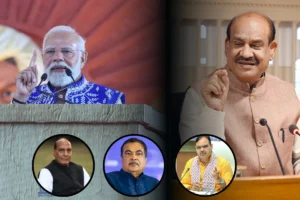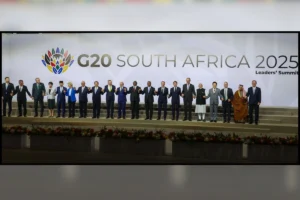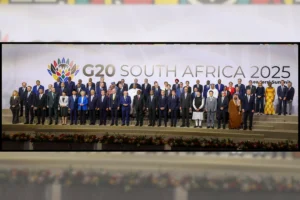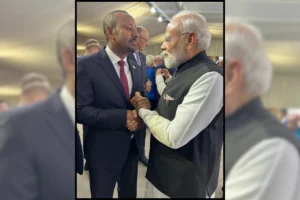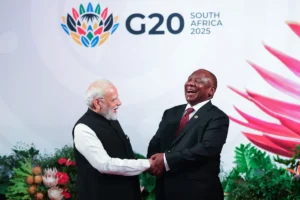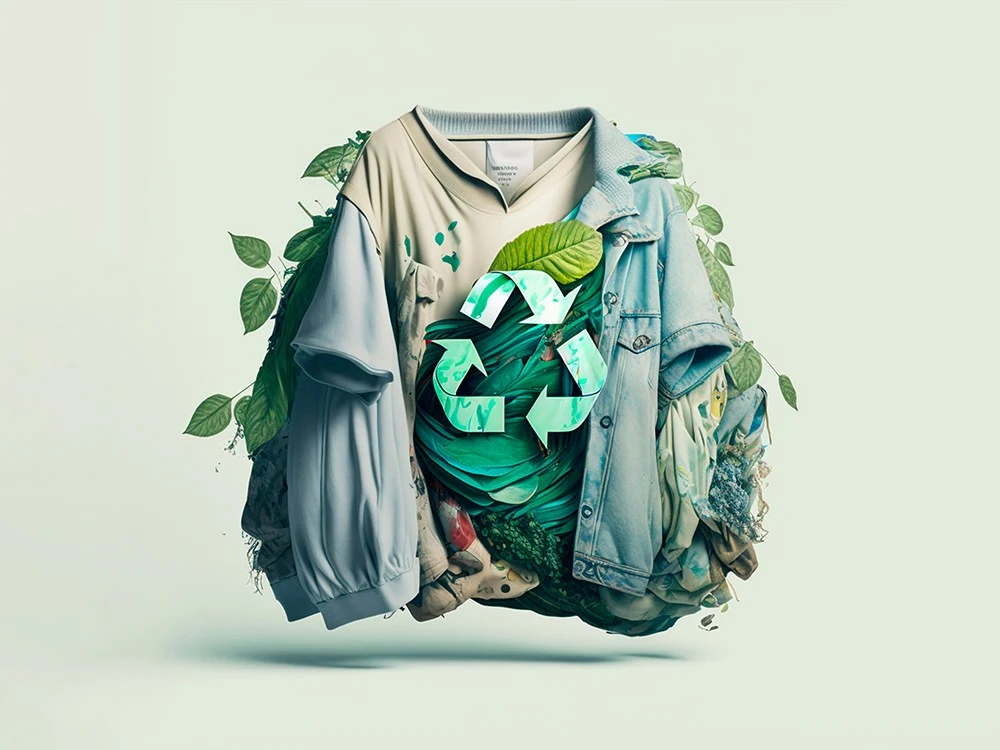
Sustainability in Style
In the ever-evolving landscape of fashion, sustainability emerges as a dominant force, reshaping industry norms and consumer behaviors. Across various facets of the fashion spectrum, from luxury to digital advancements, and from traditional craftsmanship to circular economy models, a significant shift towards eco-conscious practices is evident. Here’s a closer look at the key trends shaping this transformative journey:
Luxury Redefined through Sustainability
Leading the charge is the integration of sustainability into luxury fashion, a trend highlighted by Professor Kharb. This marriage of opulence with eco-responsibility emphasizes the longevity of fashion pieces, aligning with global sustainability imperatives. Notably, Indian traditional crafts and textiles are enjoying a resurgence on the international stage as luxury offerings, further reinforcing this trend.
Digital Innovation Fuels Fashion Evolution
In the digital arena, Mamta Roy points to the rise of digital fashion, epitomized by concepts like the digital closet. This trend liberates individuals to express themselves creatively, free from conventional constraints. Research indicates a notable trend of consumers purchasing garments primarily for social media content, showcasing the profound influence of digital platforms on fashion consumption habits.
Rise of Second-Hand Fashion
A shift towards sustainable fashion is led by Generation Z, who favor second-hand clothing and recycling. Professor Kharb observes a conscious preference for pre-loved garments to counteract excessive production and promote environmental stewardship. However, concerns persist regarding potential impacts on the fashion industry and economy, necessitating a balanced approach to second-hand fashion adoption.
Embracing Circular Fashion Models
Circular fashion practices are gaining momentum, prompting a reevaluation of fashion item lifecycles. Professor Kharb highlights industrial hubs like Panipat in Haryana, renowned for garment recycling, experiencing renewed attention and activity. Investments in circular fashion initiatives underscore the industry’s dedication to sustainability and innovation.
Growing Focus on Eco-Friendly Practices
Mamta Roy underscores the increasing adoption of eco-friendly practices within the fashion sector. Rising demand for organic fabrics like hemp and cotton, coupled with natural dyes, reflects efforts to minimize environmental footprints. Moreover, there’s a surge in interest in biodegradable packaging and reusable fashion crafted from renewable resources, signaling a shift towards conscientious consumption patterns.
In summary, the fashion industry is in the midst of a significant transformation, with sustainability at its core. From luxury to digital innovations, and from traditional craftsmanship to circular economy models, stakeholders are reimagining fashion’s future with a heightened emphasis on environmental responsibility and ethical standards. As consumers, embracing these trends empowers us to make informed choices that resonate with our values and contribute to a more sustainable future for fashion and the planet.
Also Read: Unlocking The Summer Secrets Of Ajwain Tea: A Morning Elixir For Digestion, Metabolism, And Vitality
To read more such news, download Bharat Express news apps










